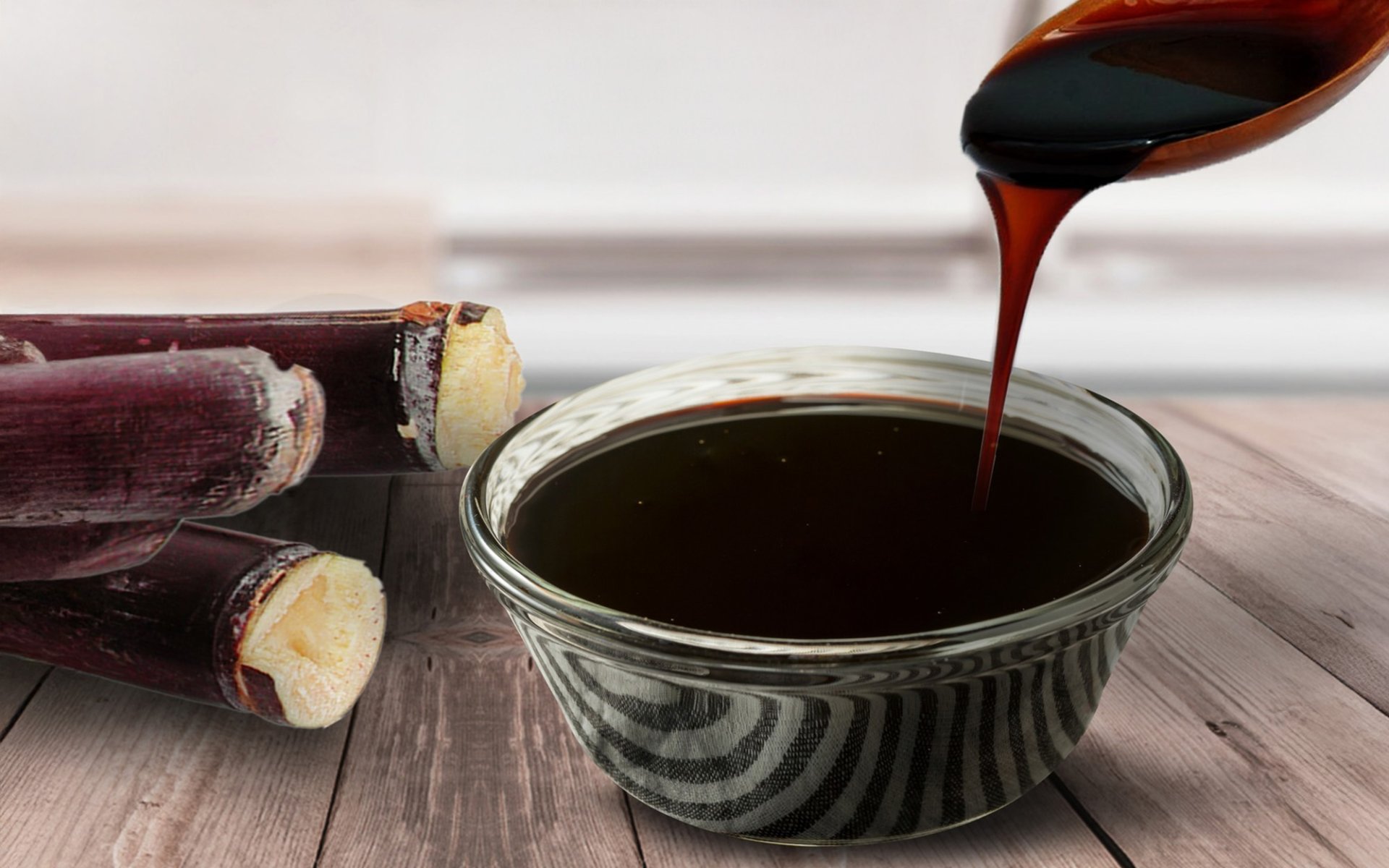Molasse

Molasse is a thick, viscous, dark brown liquid. It's a byproduct of the sugarcane refining process and has played a significant role in history and culture for centuries.
The Origin of Molasse: From Ancient India to Colonial America
The origin of Molasse dates back to ancient India, which was among the first regions to cultivate sugarcane for sugar production. However, this production process soon spread to other parts of the world, across Asia and the Middle East, eventually reaching Europe and America.
Later, sugar production began in earnest during the era when European countries started establishing colonies in America. At that time, Americans preferred molasses over granulated sugar because sugar was expensive. Molasses became the most popular sweetener and was widely used to flavor almost all types of food.
In the 1700s, Caribbean inhabitants in Central America fermented and distilled molasses to make rum, an alcoholic beverage favored by sailors and pirates. This period became the golden age of molasses in America, continuing for a long time. However, after World War I ended, the price of granulated sugar plummeted, causing consumers to switch to sugar instead of molasses. This is why sugar is now the most popular sweetener.
Types of Molasses and Their Nutritional Value
Essentially, molasses is a byproduct of sugar production, and rum is, in turn, a byproduct of molasses. This represents a highly efficient use of raw materials. In the molasses production process, sugarcane is boiled until sugar crystals form, after which the molasses is separated by centrifugation. This spinning process is repeated multiple times, yielding different types of molasses in each round:
Light Molasses: Resulting from the first sugar extraction, it has a lighter color and a sweeter taste due to its high sugar content. It's commonly used in baking.
Dark Molasses: Produced from the second extraction, it has less sweetness, a darker color, and a thicker consistency. It's used in baking, barbecue sauces, and for coloring food.
Blackstrap Molasses: Derived from the third extraction, this molasses is the least sweet, with a slightly bitter taste, very dark color, and the thickest consistency. However, it is the most nutritionally valuable type, rich in vitamins, minerals, and antioxidants. It's commonly used in the food industry for products like soy sauce, barbecue sauce, and animal feed.
Nutritional Value of Molasse
Molasses helps strengthen bones due to its high calcium and potassium content. It helps lower blood pressure, and animal studies suggest it can increase good cholesterol (HDL) in the body, reducing the risk of heart disease. Furthermore, Blackstrap Molasses has a higher antioxidant content than honey and other sweeteners.
Industrial Applications of Molasse
Beyond the uses mentioned above, the benefits of molasses extend even further. Currently, most alcohol production in our country also uses molasses. Molasses is diluted with water and fermented with yeast to convert sugar into alcohol. After further extraction, alcohol with approximately 95 percent purity is obtained.
In addition to alcoholic beverages, molasses can be used for many other purposes, including animal feed, ethanol production, biomass electricity generation, liquid bio-fertilizer for soil enrichment, and in the food industry for products like MSG, vinegar, dark soy sauce, yeast for bread dough, or even as an ingredient for baked goods, cookies, and many other foods.
You can find Molasse at all Rimping branches.


